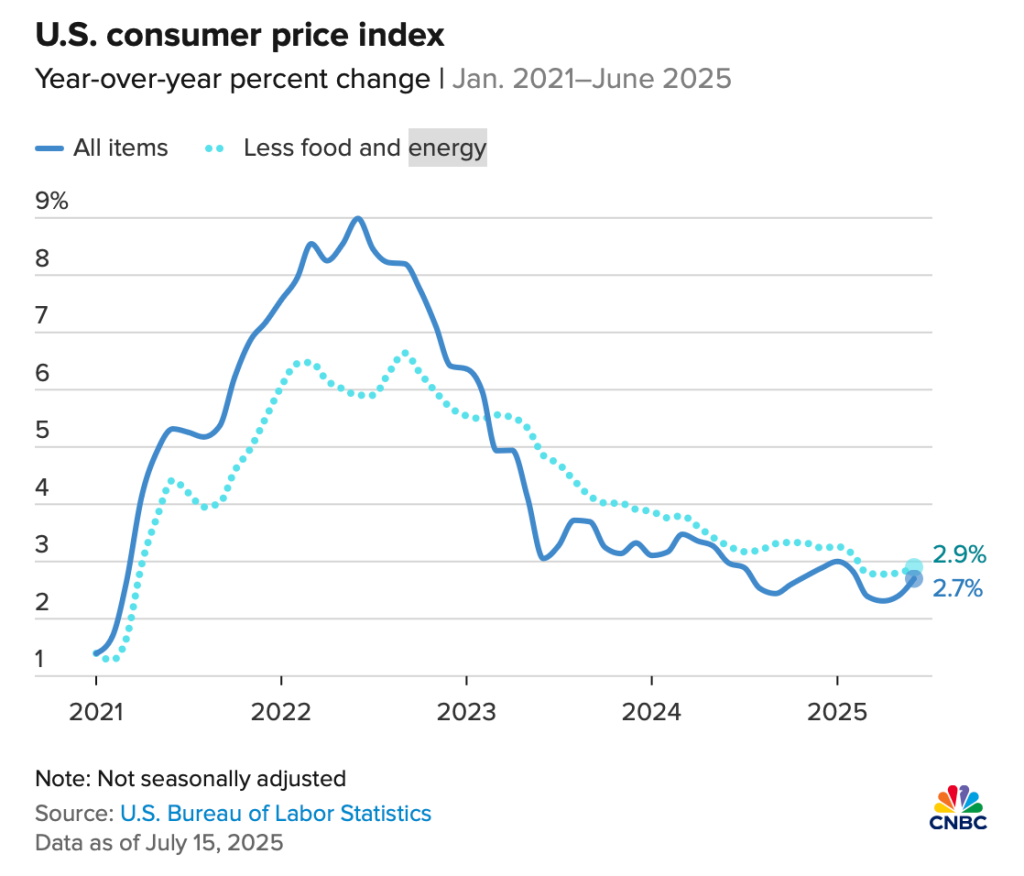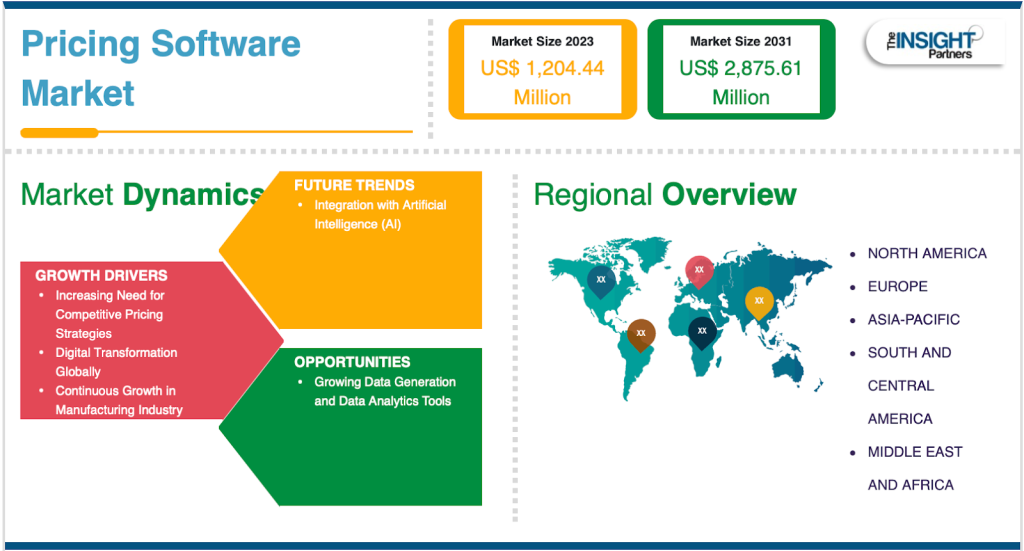
Building a Winning Pricing Team: Organizational Models and Best Practices
It’s no secret to gatekeep: Pricing is a strategic imperative in business. With the rise of click-and-order stores, tight market competition, and dynamic pricing models, getting it right is more crucial than ever.
Here’s the catch: Significantly lower pricing could compromise your sales profits, no matter how many people buy your goods or items. On the flip side, unreasonably high pricing could drive your customers away, which is the reason for cart abandonment in most generations today.
That’s why building a sharp, agile pricing team is no longer optional. The gap between an average and exceptional pricing function can spell the difference between high profits and missed opportunities.
Now, who’s really behind the prices that shape your bottom line? Your pricing team, of course. However, a well-structured team brings clear business impact:
- Margin growth – Smarter pricing that drives profitability
- Market responsiveness – Faster reactions to change
- Internal alignment – Less friction and more clarity
Good news: You don’t need unlimited resources to get it right.
In this article, we’ll walk you through how to structure, staff, and scale a pricing team that fits your business, now and as you grow! Read on to learn how.
Key Roles in Building a Strong Pricing Team
The role of your pricing team is quite apparent: They are responsible for your price positioning strategy to boost your brand value and business sales. However, it’s more than just valuing your goods or items and setting appropriate prices for each product.
Take it from Adrian Iorga, Founder and President at 617 Boston Movers. He recommends performing due diligence before setting a pricing structure in place. He believes it entails striking a balance between the product’s actual value and its market demand.
Further, Iorga says, “Your pricing strategy also requires market research and competitive analysis. This means staying up-to-date with the pricing trends in your area and knowing your competitors’ prices in your niche. With these data-driven insights, you can accurately price your products without disregarding their actual value.”
Have a sneak peek at the U.S. consumer price index below, for instance. You consider the year-over-year (YOY) percent change to see how it can affect your prices. Likewise, you factor in your competitors’ prices to determine a standard market price for your goods or items.
As you can see, the role of a pricing team is a bit complex. This requires a handful of expert professionals to contribute valuable insights. So, who exactly should be on your pricing team?
Whether you’re building from the ground up or refining what you already have, these roles form the backbone of a strong pricing function:
- Pricing analyst – Your go-to POC for crunching numbers, whether for high and low, or seasonal pricing. They keep track of pricing trends, monitor niche rivals, and surface insights that steer smarter decisions.
- Pricing manager – The strategy driver. They translate insights into pricing plans, lead execution, and make sure everything lines up with broader business goals.
- Data scientist or engineer – The behind-the-scenes builder. They develop pricing models, automate rules, and bake advanced analytics into your workflow.
- IT support or developer – The systems bridge. They make sure your pricing tech plays nicely with enterprise resource planning (ERP), e-commerce, and everything in between.
- Channel or category managers – The context experts. They bring real-world product and market know-how to help ground pricing in what actually sells.
For more complex setups like bigger companies or larger organizations, you might also need:
- Revenue manager – Focuses on unraveling new revenue streams across channels with smart, margin-enhancing pricing moves.
- Market intelligence specialist – Spots market ripples and competitive shifts that inform sharper pricing decisions for your business.
- Executive sponsor – A senior ally who gives pricing initiatives clout and helps rally support from cross-functional teams.
Explore the primary organizational models for your pricing team in the next section.
A Peek at Organizational Models: Centralized vs. Decentralized Teams
In pricing, organizational models consist of team members responsible for setting prices for your goods or items. These models can either be centralized or decentralized, not to mention somewhere in between. So, what’s the best way to organize your pricing function?
There’s no definite answer for that. However, knowing the basic models can help you pick what fits your business best. So, take a peek at the table below to see which organizational model works for your pricing team:
| Organizational Models | Brief Descriptions | Benefits | Drawbacks |
| Centralized Model | One core team manages all pricing decisions | Consistent strategy, easier oversight, unified tools | May be less responsive to local trends or product nuances |
| Decentralized Model | Each team or region manages its own pricing | Faster decisions, local market alignment | Risk of inconsistency, internal competition, duplicated work |
| Hybrid Model | Central team sets strategy; local teams execute with flexibility | Combines structure with responsiveness | Needs strong coordination to avoid overlap or confusion |
Which Model Is Right for You?
There’s no universal blueprint for structuring a pricing team. The best approach depends on your company’s size, structure, and long-term priorities. Think of it like choosing debt relief programs, as there isn’t one perfect solution for everyone. The right program depends on the type of debt, the amount owed, and your financial goals, just as the right pricing model depends on your business needs and available resources.
Cases in point:
- Small to mid-sized retailers: Centralized models often work best to stretch resources.
- Large, multi-category retailers: Hybrid models offer control with flexibility.
- Regionally diverse brands: Decentralized structures allow for local nuance.
- Complex product mixes: They may require hybrid or decentralized teams with deep category expertise.
Nicolas Breedlove, CEO at PlaygroundEquipment.com, underscores the importance of establishing a pricing team, whether centralized or decentralized. She also prioritizes this step for her company so they get the most value out of their equipment products while satisfying their clients’ needs.
Breedlove sets the record straight by explaining, “Whether centralized or decentralized, having a clear pricing team is essential for maximizing value. At Playground Equipment, this structure ensures we set fair, competitive prices that serve both our business goals and our customers’ needs.”
Learn how to set up a high-performing pricing team in the next section.
Best Practices for a High-Performance Pricing Team
In business, the goal is to earn before interest, taxes, depreciation, and amortization (EBITDA).
Here’s the good news: Companies with pricing teams typically see an EBITDA increase of 14 to 30%, especially when senior leadership is directly involved. These members who make up your pricing team report to different departments, as shown below:
John Elarde III, Operations Manager at Clear View Building Services, shares some best practices for building a pricing team. He believes it takes more than just hiring smart people, but establishing a team that understands your niche, market, and business holistically.
Elarde justifies, “A strong pricing team isn’t just about having talented individuals. It’s about building a group that understands your industry, market dynamics, and business goals as a whole. That alignment is what turns insights into real financial impact.”
That said, here are some of the best practices to follow:
- Hire strategically: Building a top-notch pricing team starts with the right hires. Look for data-savvy individuals who also possess solid business acumen and excellent communication skills. They transform research, competitive intelligence, and product value into informed pricing strategies.
- Set clear KPIs: Give your team clear, measurable targets, such as improving margins, gaining market share, or shifting price perception.
- Foster collaboration: As pricing doesn’t live in a vacuum, regular sessions with sales, marketing, and procurement keep everyone on the same page.
- Invest in training: As pricing evolves, so should your team. Keep pricing skills keen with ongoing training on tools and frameworks.
- Cultivate a test-and-learn culture: Don’t be afraid to experiment. This means pursuing small-scale pricing tests, learning from the results, and making the necessary adjustments. Just look at Amazon and Netflix: They are masters of A/B pricing as they match strategies with real-world responses.
- Use tools and technologies: They can turn a good team into a great one by empowering each member. Use them to reduce manual work and unravel deeper insights. The worldwide pricing software market could grow from $1.20 billion in 2023 to $2.88 billion by 2031 at an 11.49% compound annual growth rate (CAGR):
- Competitor price monitoring – Tools like Price2Spy scan thousands of SKUs in real time, capable of flagging pricing shifts that matter. With these in place, you can work wonders on your retail and e-commerce price monitoring!
- Dashboards and reporting – Turn complex pricing data into crisp visuals that make decision-making faster and wiser. Likewise, take the use of data analytics incorporated into your database for your pricing strategy optimization.
- Automation and repricing rules – Set intelligent rules that let prices auto-adjust based on real-time inputs. Look for platforms powered by artificial intelligence (AI) and robotic process automation (RPA) to take the manual grind out of the overall equation.
- Tech integration – Make sure your pricing stack plays nicely with your e-commerce, enterprise resource planning (ERP), and inventory systems. Remember, the goal is: No departmental silos, just seamless flow!
Final Words: Making Your Pricing Dream Team Come True
Building a solid pricing team requires a perfect combination of talent, structure, and tools. Setting one up may feel overwhelming at first. However, when planned with practical, concrete steps, it becomes completely manageable, regardless of where you’re starting.
To get moving, here’s a quick roadmap:
- Take stock of your team and spot any talent gaps
- Pick a structure that suits how your business runs
- Give your pricing process and tech stack a fresh once-over
- Set a few sharp KPIs that tie directly to business goals
- Test the waters with a small pilot to show quick wins
And don’t forget: Great pricing teams stay in motion. As markets shift, your pricing model should flex and evolve. Ultimately, it’s more than just a setup but a strategic asset that pays off in the long run!
Heed our advice: Technology is your ally, not enemy. Tools like Price2Spy can automate manual pricing work and offer brilliant insights to sharpen your pricing edge. Sign up now to try for free!








